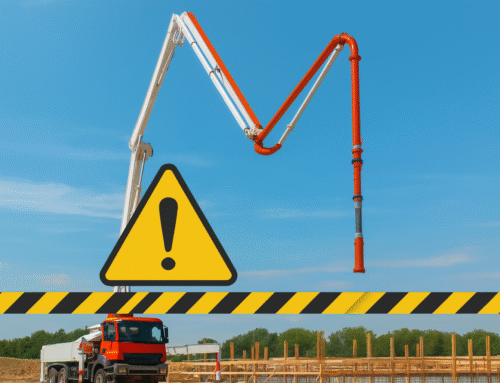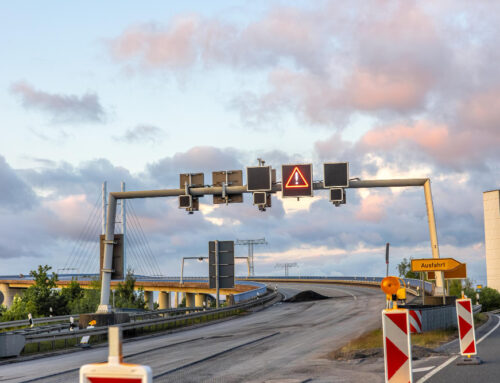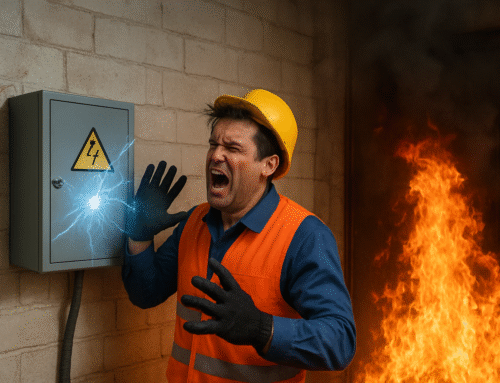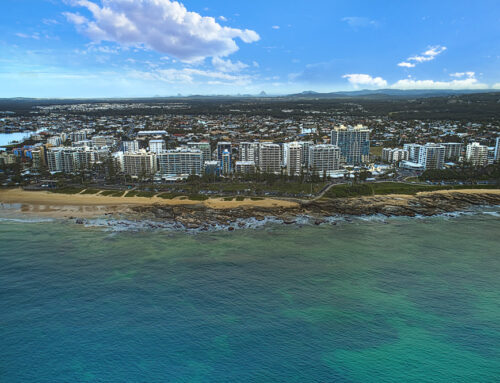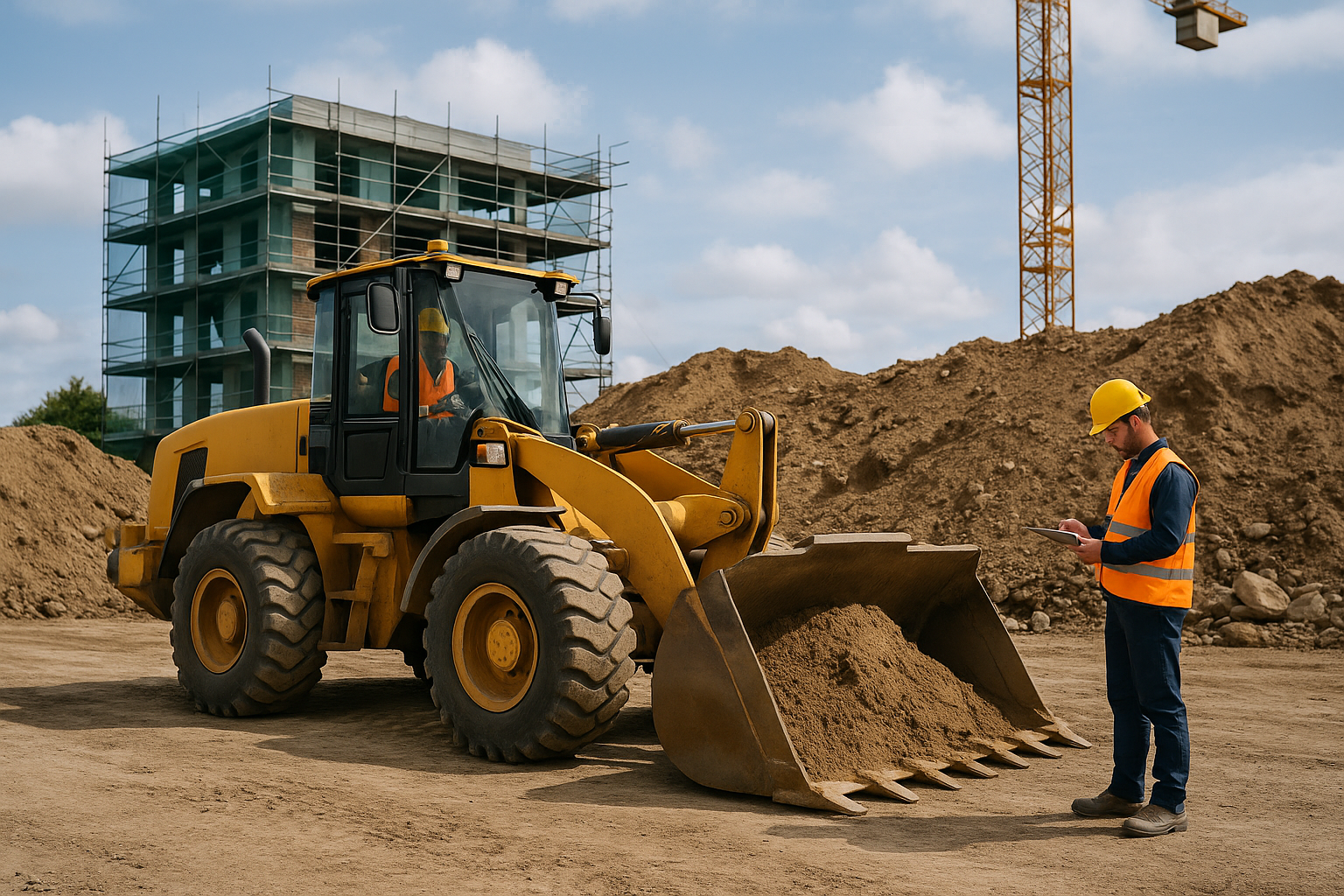
Suncoast Safety provides all Safe Work Method Statements (SWMS) & Mobile Plant Risk Assessments in Electronic editable PDF form and hard copies posted to you. We also provide 7 days a week of help and support including after hours.
We are here to help and support you and your business with nearly 20 years of experience.
Areas we service are Sunshine Coast, Brisbane, Gold Coast, Wide Bay, Hervey Bay, Bundaberg, North Brisbane, Ipswich, Toowoomba, South Brisbane, Tweed, New South Wales, Victoria, Northern Territory, Western Australia, North Queensland, Central Queensland, Cairns, Townsville, Rockhampton, Mackay
Ring us today for a free no obligation quotation Phone: 0429990418
Email: [email protected]
The operation of powered mobile plant at construction workplaces exposes workers to a range of risks to health and safety.
These risks include:
- the plant overturning
- things falling on the operator of the plant
- the operator being ejected from the plant
- the plant colliding or coming into contact with any person or thing (e.g. workers, other vehicles or plant, energised powerlines)
- mechanical or other failures (e.g. hydraulic failures, release of hazardous substances).
People required to operate or work around powered mobile plant may also be exposed to excessive noise and vibration, hazardous fumes, fall hazards while accessing or evacuating the plant, and musculoskeletal hazards (e.g. access to plant, operator controls).
Powered mobile plant is defined by the Work Health and Safety Regulation 2011 (WHS Regulation) to mean any plant that is provided with some form of self-propulsion that is ordinarily under the direct control of an operator, and includes:
- earthmoving machinery (e.g. rollers, graders, scrapers, bobcats)
- excavators
- cranes
- hoists
- elevating work platforms
- concrete placement booms
- reach stackers and forklifts.
The WHS Regulation includes requirements for the registration of plant, the registration of plant designs, and for high risk work licences for plant operation. View information about plant licensing and registration.
Demonstrating competency to operate earthmoving or particular crane plant (EPCs)
EPC licences to operate certain types of plant are not required under the Work Health and Safety Act 2011.
Find out more about licensing for earthmoving or particular crane (EPC) occupational classes.
Legislation
The specific requirements for relating to plant are located in the Work Health and Safety Regulation 2011, Part 5.1 Division 7 – General duties of a person conducting a business or undertaking involving management or control of plant, and are summarised below.
The following Queensland codes of practice provide guidance on managing the risks associated with specific types of plant:
- Concrete pumping Code of Practice 2019 (PDF, 1.04 MB)
- Mobile crane Code of Practice 2024 (PDF, 2.29 MB)
- Tower crane Code of Practice 2017 (PDF, 1.56 MB).
Specific legislative requirements for plant
| Powered mobile plant – general control of risk | The person with management or control of powered mobile plant at a workplace must manage the associated risks to health and safety. | WHS Regulation 2011, s214 |
| Safe work method statements | Safe work method statements are required for all high risk construction work, including any construction work that is carried out in an area at a workplace in which there is any movement of powered mobile plant. | WHS Regulation 2011, s299 |
| Powered mobile plant – specific control measures | The person with management or control of powered mobile plant at a workplace must ensure:
|
WHS Regulation 2011, s215 |
| Plant that lifts and suspends loads | The person with management or control of the plant at a workplace must ensure that the plant used is specifically designed to lift or suspend the load or, if that is not reasonably practicable, that the plant does not cause a greater risk to health and safety than if specifically designed plant were used.
Additional requirements apply for plant not specifically designed to lift or suspend a person. |
WHS Regulation 2011, s219 |
| Plant not specifically designed to lift or suspend a person | The person with management or control of plant at a workplace must ensure that:
|
WH Safety Regulation 2011, s220 |
| Preventing unauthourised alterations of interference | The person with management or control of plant at a workplace must prevent alterations to or interference with the plant that are not authorised by the person. | WHS Regulation 2011, s205 |
| Proper use of plant | The person with management or control of plant at a workplace must take steps to ensure the plant is only used for the purpose for which it is designed, except where it is determined by a competent person that there is no additional risk to health and safety. | WHS Regulation 2011, s206 |
| Proper use of plant controls | The person with management or control of plant at a workplace must take steps to ensure that all safety features and warning devices are used in accordance with instructions, including guarding, operational controls, emergency stops and warning devices. | WHS Regulation 2011, s206 |
| Plant not in use | The person with management or control of plant at a workplace must ensure that plant not in use is left in a state that does not create a risk to the health and safety of any person. | WHS Regulation 2011, s207 |
| Guarding | The person with management or control of plant must ensure that:
Guarding must also be of a kind that can be removed to allow maintenance and cleaning at any time that it is not in normal operation. |
WHS Regulation 2011, s208 |
| Guarding and insulation against heat and cold | The person with management or control of plant must ensure that any pipe or other part associated with heat or cold is guarded or insulated to eliminate risks to health and safety. | WHS Regulation 2011, s209 |
| Operational controls | The person with management or control of plant at a workplace must ensure that operator’s controls are:
Additional requirements apply when performing maintenance. |
WHS Regulation 2011, s210 |
| Emergency stop controls | If the plant includes an emergency stop control, the person with management or control of the plant must ensure:
it cannot be adversely affected by electrical or electronic circuit malfunction. |
WHS Regulation 2011, s191 and s211 |
| Warning devices | Where an item of plant includes or requires a warning device, the person with management or control of the plant must ensure the device is positioned to ensure it will work to its best effect. | WHS Regulation 2011, s212 |
| Maintenance and inspection of plant | Plant maintenance, inspection and testing must be carried out by a competent person.
Maintenance, inspection and testing must be carried out:
|
WHS Regulation 2011, s213 |


